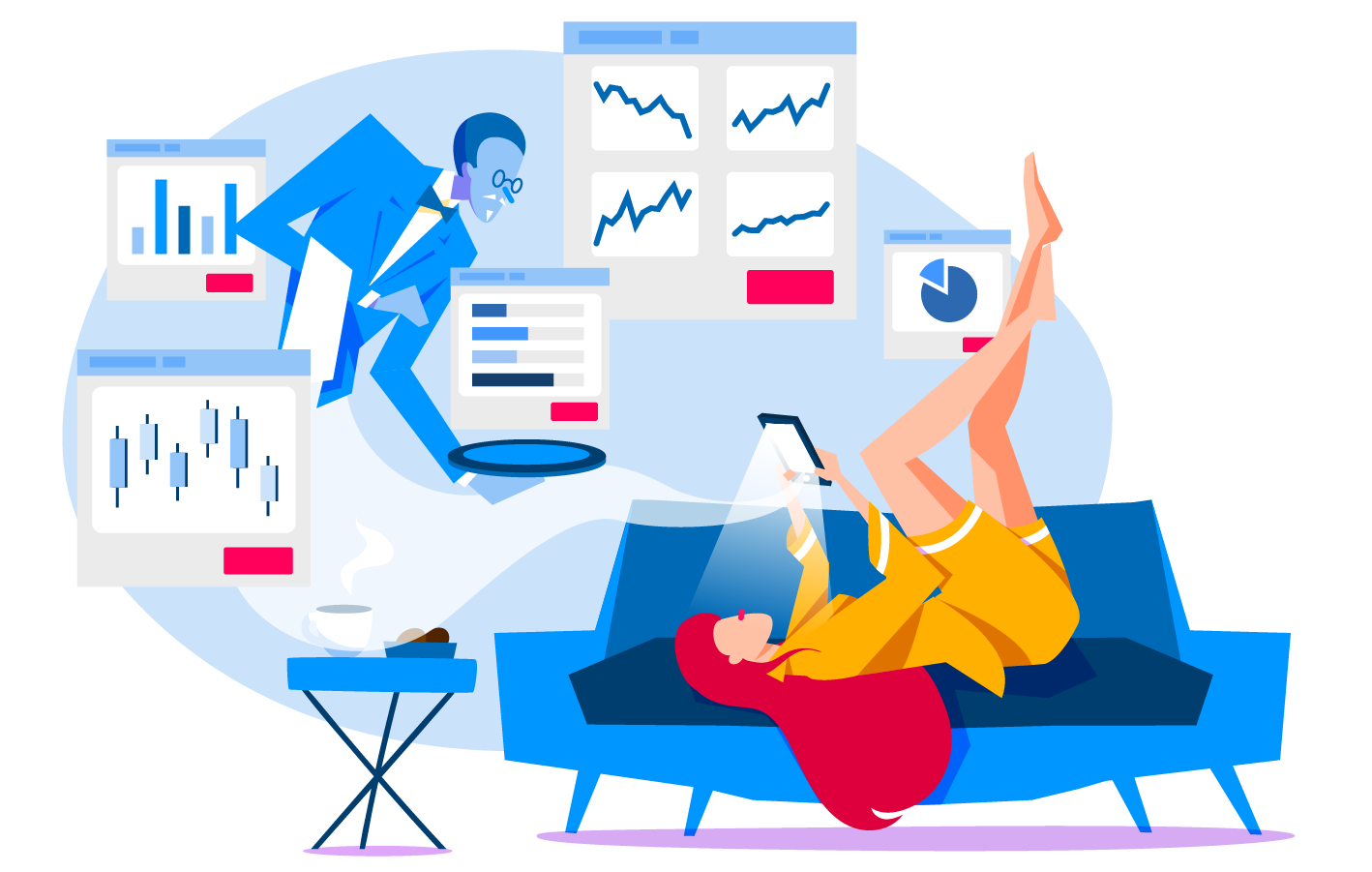Inflation Guide: How to maintain your purchasing power

What is Inflation ?
Inflation indicates that the average prices of goods and services increase for some time to erode consumer purchasing power. Simply put, if a loaf of bread cost you $5 a year ago, but now the price has increased by 10% to $5.5, then it’s a sign of declining the currency's purchasing power. In other words, fiat money has dropped in value.
Inflation isn’t always bad as the moderate one is associated with economic growth, while high inflation also signals an overheated economy and it affects all aspects of the economy ranging from consumer spending, business investment, and employment rates to government policy and beyond.
There are different indicators to measure inflation in different cities and countries based on the selected set of goods and services, which include everyday items (such as food and petrol), durable goods (such as washing machines and computers ), and services (such as rented housing and insurance).
In Hong Kong, we usually use Consumer Price Index (CPI) to keep track of the price changes in the city. For the U.S., she also uses the same methodology but also uses the Personal Consumption Expenditures Price Index (PCE) to assess a wider range of expenditures.
On a side note, when people talk about inflation, they also associate another term, stagflation, but it’s always bad when stagflation occurs since it’s a combination of three negatives: slower economic growth, higher unemployment, and higher prices.
Causes of inflation
Demand-Pull Effect
Demand-pull inflation refers to situations where demand is greater than supply due to limited products or services being produced in the market so that their prices drive up.
A typical example is, during the COVID-19 pandemic in the late 2019 and early 2020, the lockdowns and restrictive measures from different cities and countries disrupted global supply chains, and the fear caused Hong Kong people to scramble for surgical masks and toilet paper.
Later, the Hong Kong government launched a few rounds of the “Anti-Epidemic Fund” to help mitigate the financial impact on individuals and Small and Medium Enterprises (SMEs). As a result, the demands for medical items and necessities, which were fueled by the stimulus, outpaced supply to push up the average prices due to the widening demand-supply gap.
Cost-push Effect
Cost-push inflation is a result of the rising costs of basic goods and service prices, forcing businesses to raise their prices, and eventually, the additional costs may translate into higher prices for consumers.
What we have experienced in recent years, including the COVID-19 pandemic and the Russia-Ukraine war, is the perfect example of cost-push inflation. Due to the aforesaid events, global supply chains were disrupted and shortages in materials and fluctuating demand have also caused higher prices for goods and services.
Meanwhile, as a large producer of fossil fuels, Russia can’t supply oil and gas to different parts of the world freely because of a series of economic sanctions and trade restrictions to make the gas and food prices soaring. As you may notice, cost-push inflation is more evident when there's a negative economic shock to the supply of key commodities.
Built-in inflation

How is inflation measured: CPI Index
The Consumer Price Index (CPI) is a measure that examines the weighted average of prices of a basket of goods and services, including transportation, food, medical care, etc, each of which was calculated by the price changes based on their relative weight in the whole basket before being included in the list of goods and services. The prices in consideration are the retail prices of each item, which are the same as the purchase prices for individual consumers.
CPI is one of the most frequently used statistics to identify inflation or deflation in an economy and the results are associated with the cost of living.
In Hong Kong, the Census and Statistics Department publishes the CPI reports on a monthly basis, and the Bureau of Labor Statistics (BLS) of America takes the same approach, but the latter is more powerful since the data will greatly affect the global market. If an economy grows rapidly with increasing demand and rising prices, an upward price spiral, aka “runaway inflation” or “hyperinflation,” can occur. Hence, the U.S. Federal Reserve normally implements monetary policies including moderate long-term interest rates, price stability, and maximum employment to fight inflation.
What does high inflation mean for interest rates? Why are the FEDs raising interest rates now?
Central banks around the world have hiked interest rates to beat inflation. The U.S. Federal Reserve has been by far the most important actor in a series of aggressive monetary policies.
In Sep, the Fed raised benchmark interest rates by 0.75 percentage point to a range of 3% to 3.25%, the highest since 2008, and it was also the fifth increase in the last six months. But, what does that mean?
As the interest rate is the cost of debt for the borrower, and the rate of return for the lender, so when the interest rate goes up, it means the borrower will repay more and it's possible that the lender can't receive money at the maturity date and bad debts will be increased.
Also, when the cost of borrowing goes up, consumers will become more conservative and they intend to save instead of spending. As for companies, they will also slow their investments. Hence, the decrease in demand may slow down inflation, but also hold back economic growth.
What should we do under high inflation?
1. Start from blue chips
2. Invest in commodities
3. Be patient

Frequently Asked Question (FAQ)
What is inflation?
- Inflation is a rise in prices of both goods and services that results in the decline of purchasing power to increase the cost of living in a city or country over a given period of time.
What does high inflation mean for my finances?
- In high inflation, fiat money has dropped in value. It also indicates that your savings will be depreciated regardless of your investment style/ philosophy - be it aggressive or conservative. So, it’s better to review your investment strategies to protect your hard-earned money and long-term investment is one of them. Please click it to learn more.